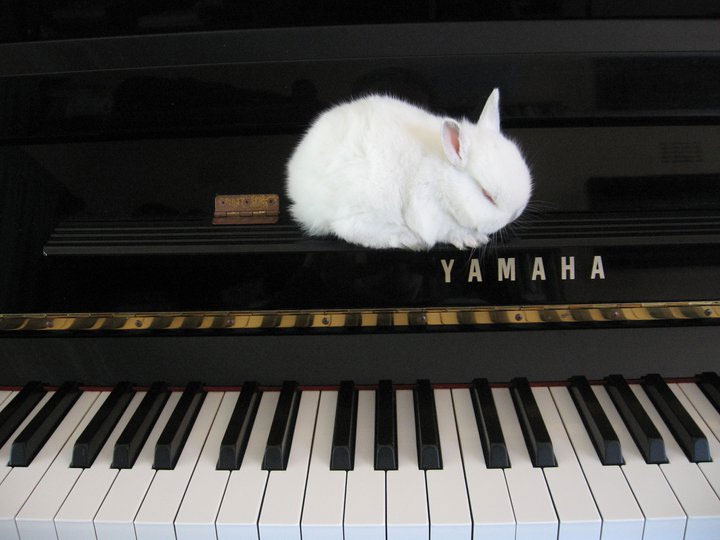I really enjoyed the masterclass Abe Cytrynowski gave at the Winter Piano Seminar I attended (see link here: Abe’s Masterclass) because I could go home and apply his piano approach to scales to the violin.
Here are some ways we can incorporate some fun into our students’ scale learning.
I’m presuming by this point that they have already learned their scales relevant to their grade, and you are simply developing on those – ensuring students are not playing them on automatic pilot alone.
- If you have a group of students, play a chosen as a round.
- If you are in a one-on-one situation with a student, play a chosen scale however the second person could come in on the ‘normal’ third note, or you can jumble things up and come in on a second, fourth, fifth etc. Harmonic minor scales sound rather pretty played in 3rds.
- Change the rhythm: triplets, your favourite fruit, favourite dinner/dessert, the time your student gets up in the morning.
- Play alternating notes of the scales ie student plays the first note, you play the second, they play the third, you play the fourth etc.
- Begin at the top note and descend, then ascend again. As far as I know, our AMEB violin scales all follow the traditional ascend then descend approach.
- Student plays a major scale, teacher plays a minor scale (at the same time) or vice versa.
- Teacher begins scale ascending, student begins descending (at the same time).
- Both teacher and student can play different rhythms at the same time.
- Teacher can hold up ‘major’ ‘harmonic minor’ or ‘melodic minor’ cards and the student has to switch mid-scale to the appropriate tonality.
- Time how many relevant scales a students can get through in 3 mins. They must be played perfectly to qualify (no matter the speed).
Balanced scales are well…just delightful!

